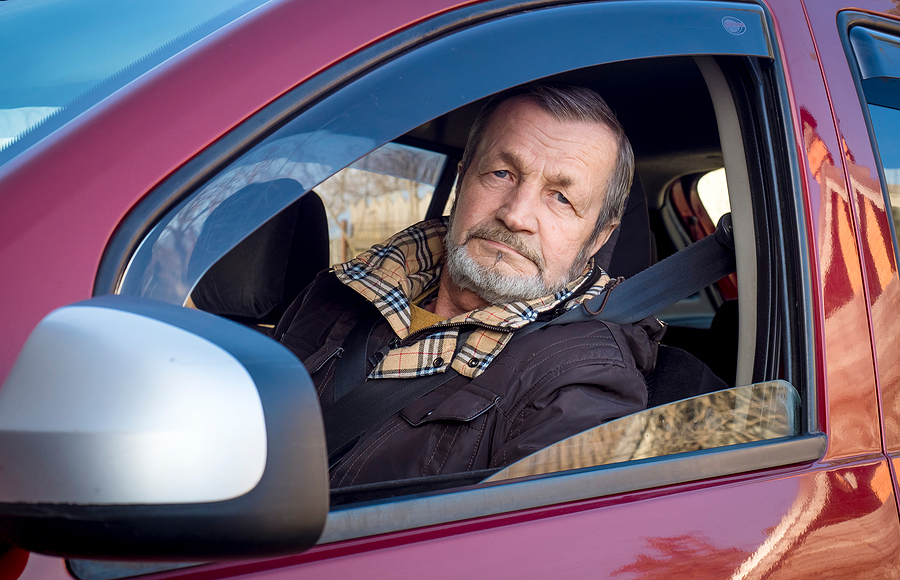A lot of fear and apprehension is involved when the subject of driving with dementia emerges.
No one wants to lose their independence on the road, especially if they believe they are well enough to maintain their licence.
However, there are certain realities in play that should be examined in closer detail.
Let us discuss the steps that are commonly involved when it comes to driving with dementia.

Remaining in Touch With Healthcare Professional
The first step that happens to be in play when it comes to driving with dementia is to seek out a healthcare professional. From a general GP to a neurologist who has overseen the studies and run tests, these are the points of contact who outline what activities the individual is fit for and where they have to place restrictions. This is incredibly important for the sake of road fitness because it is not only their personal health and wellbeing that is in jeopardy, but everyone else on the road as well. With their guidance and advice, it will be easier to navigate what is possible and what is off limits.
Opening Dialogue With Roads Authority Body
Once tests and assessments with a trusted medical provider are overseen, then the subject of driving with dementia has to be approached with the local state road authority body. Each state has their own set of provisions and stipulations in this regard, so it is beneficial to contact them early, provide information about these tests and allow them to conduct their own round of assessments inside and outside the vehicle. They will be valuable operators to lean on in these instances given their understanding of the situation and capacity to offer support.
Examining Vehicle Modification Options
Drivers on the road who are suffering from dementia may very well find that certain vehicles can be equipped with utilities and applications that make their life easier. From alert systems and navigation portals to sensors and beyond, there are features that can be added to a car to ensure that they remain on track. Other parties may very well have the capacity to track these movements and be notified of their location in case they require assistance.
Driving in Selected Areas & Conditions Only
One of the great fears that people driving with dementia face is the idea that they will head out onto the freeway and drive for hours on end without being aware of their required destination. This is when panic can set in, not just for themselves, but their loved ones as well. If they set restrictions in this sense to local driving exclusively and driving only during daylight hours, they know they still have their independence, but they are not placing themselves and others at greater risk.
Having Close Personal Support Available
It is impossible to predict when driving with dementia will involve a major incident or a simple loss of concentration during a route from point A to point B. For anyone suffering with this illness, there will be good days and bad days. The key for anyone in this situation is to ensure that close personal support is available courtesy of a partner, close family members, close friends, therapists or trusted healthcare workers. In this setting, they will be able to travel with them during these moments, or at least be on call if they feel they are lost on their journey.
Appreciating That Restrictions May Be Involved
Depending on the diagnosis of the doctor and the types of parameters that are put into position from state road authorities, driving with dementia will likely result in restrictions and eventually a loss of licence privileges. Unless there are remedies that alleviate the issue or they are happy to outsource their driving to others, this is commonly the result. While short-term measures are helpful and necessary, it is important to be prepared for this reality.
